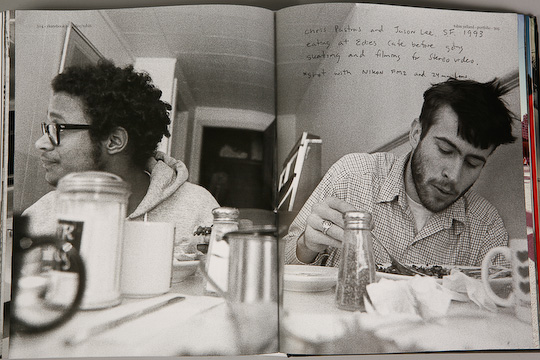
All photos © Tobin Yelland Photography
You started out shooting professionally at a very early age. How did this come about?
I took a photography class when I was 14 and had just started skateboarding as well. Skateboarding was pretty dead at the time, if I remember correctly, and there were unlimited possibilities to make photographs and get them published although you didn’t get paid that much.
So I got my first photo published when I was 15 without credit but was paid a small fee. Then when I was 16, I got some photos published as an advertisement for Venture Trucks and got paid $100 which was tons of money to me, and I was elated to discover that I could make a living at photography. Before this I never thought that photography might be a good job. I just liked doing it.
I will add thought that there are ups and downs in the business and you are better off being a photographer if you really really love it. I began to make my living with photography at 20 and starved my way in. That is to say I was really broke for a straight year then began to break even and then at 22 began to make some progress as far as getting enough work to survive.
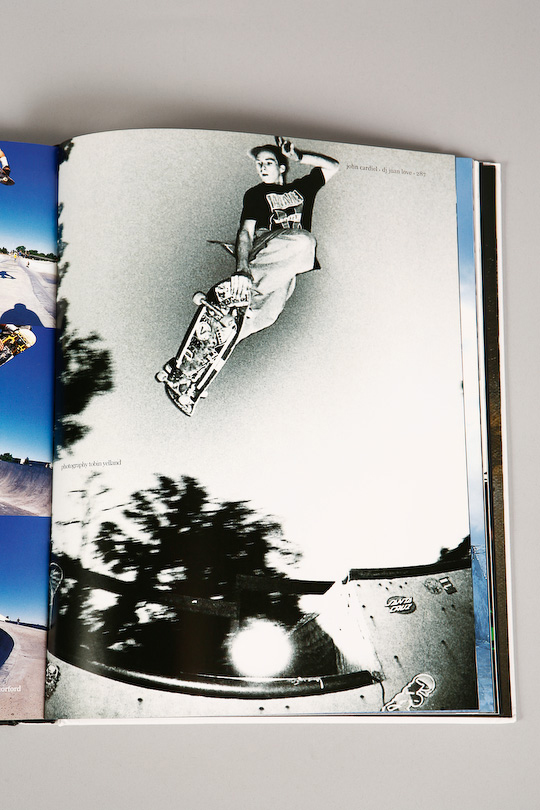
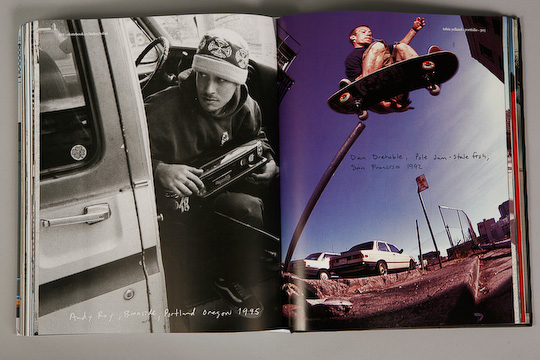
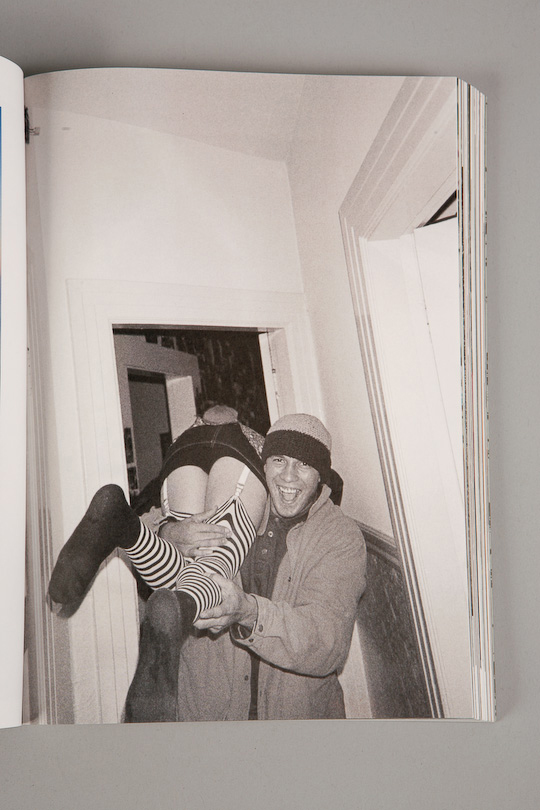
All photos © Tobin Yelland Photography
You’re considered one of the pioneers of skateboard photography, but you’ve moved to filmmaking as well. How has being a photographer helped you in that transition?
Being a photographer got me interested in making moving images or using movie cameras and video cameras. When I started all films and commercials, music videos were shot in on film and the same kinds of film were available in both still and movie formats so the two mediums felt really similar. I would use the same light meter for both etc. I think it is easier for a still photographer to start to shoot motion than the other way around.
The business side is just as important as the creative side if you’re going to make it.
What do you tell aspiring photographers looking to shoot professionally?
I would say go for it and concentrate on what you like to photograph and don’t do something for yourself because you think someone else might like it. Do it because you like it even if you cant explain it in words.
The business side is just as important as the creative side if you’re going to make it. Get a good invoice template. I like Blinkbid. Write into your estimates exactly what your terms are and don’t be afraid to call clients on anything during or after the job that you agreed upon before the job started; such as hours you agreed to work for, rate, or number of images you agreed to sell for rate.
Sometimes shooting can really feel like ‘work’. How do you stay inspired?
It’s hard. I like to remind myself how grateful I am to be a photographer and just keep trying to work on projects that are creatively fulfilling.
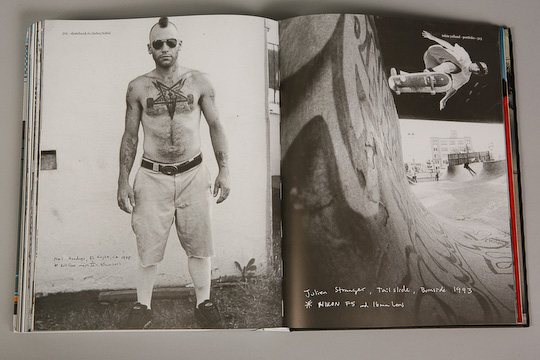
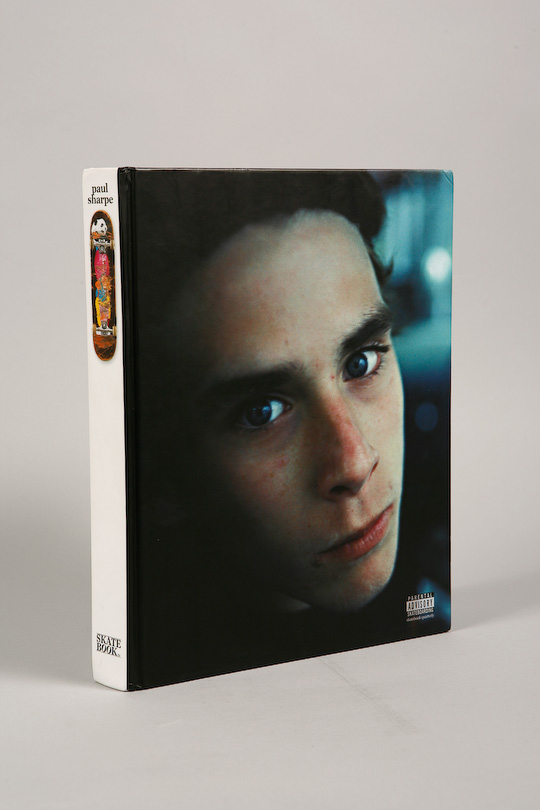
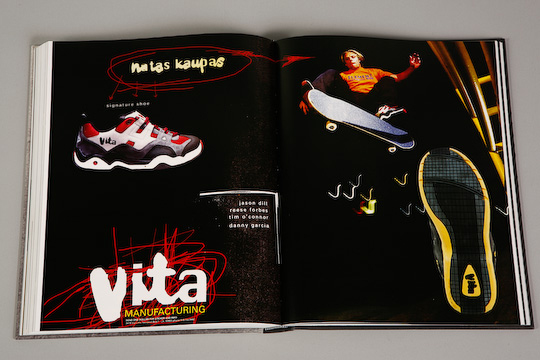
All photos © Tobin Yelland Photography
Many photographers have a favorite lens and body in their bag. What do you pick up when given the choice?
I like the Canon 5D and a 35 mm f1.4 lens or the Leica M9 and a 35 mm lens. For video I like the Sony EX-3 and RED Camera with a nice set of lenses.
Tell us about your post-processing workflow.
I use Adobe Lightroom right now and I think it works great. I have a lot to learn about workflow.
Tell us about your most recent projects. What do you have in the works?
I just did a still shoot for Rumba Time, a watch company based out of New York. I am doing pre-production for a Solitary Arts skate video as well.
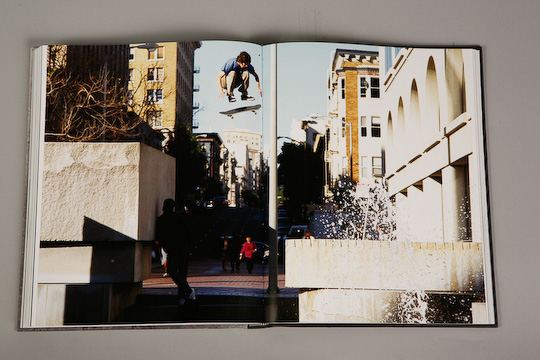
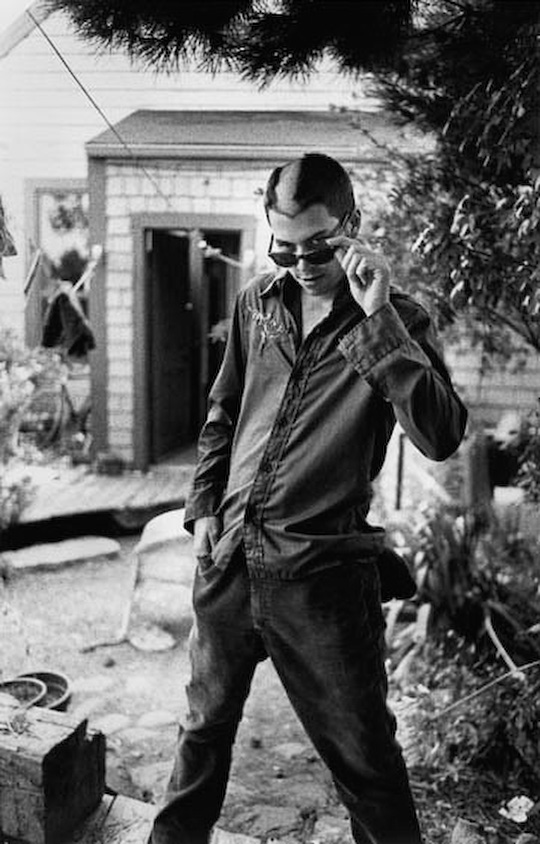
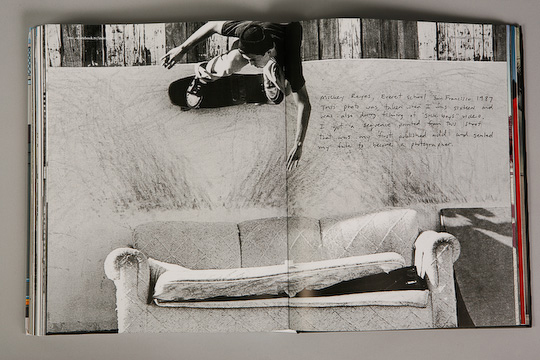
All photos © Tobin Yelland Photography
The floor is yours, any parting comments?
Thanks for reading!
I love to talk photography so email me if you want to chat at [email protected] or visit me on my website .


